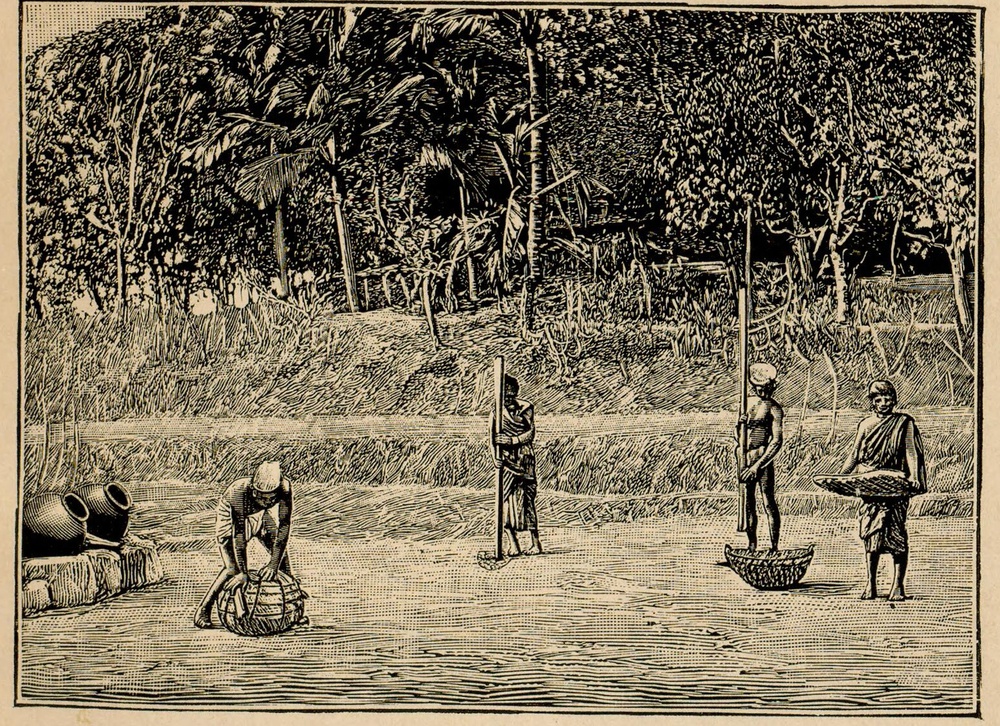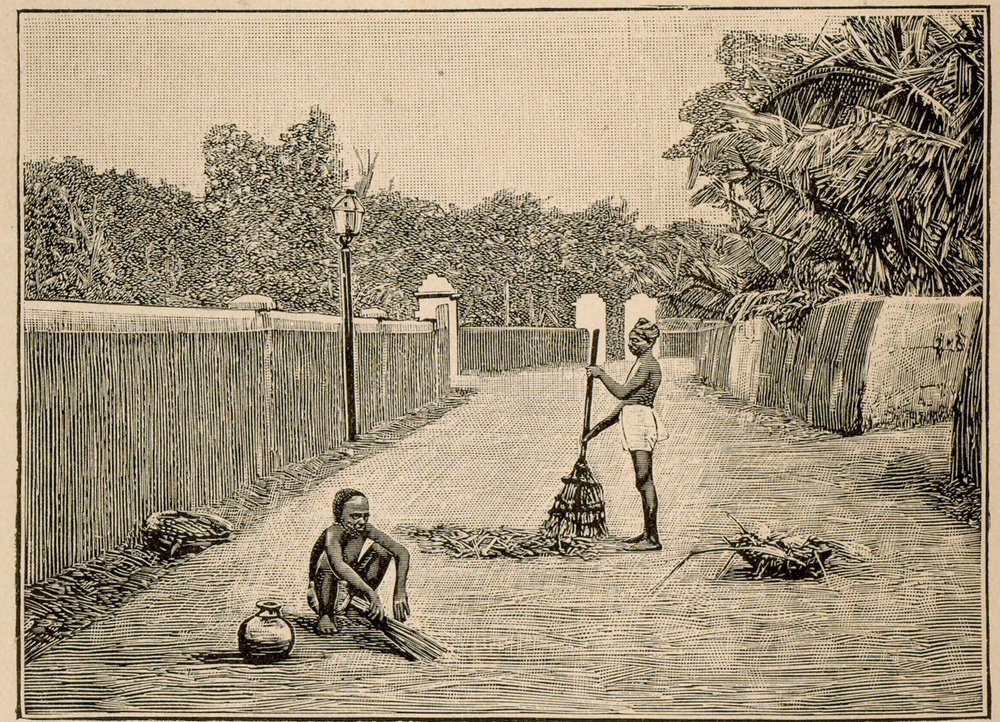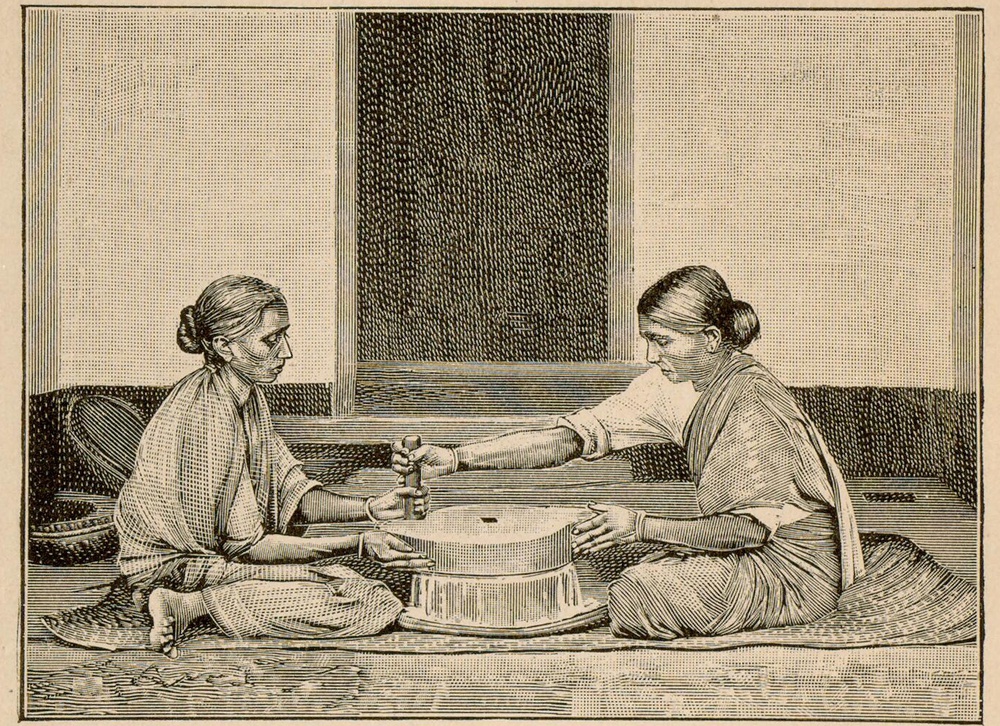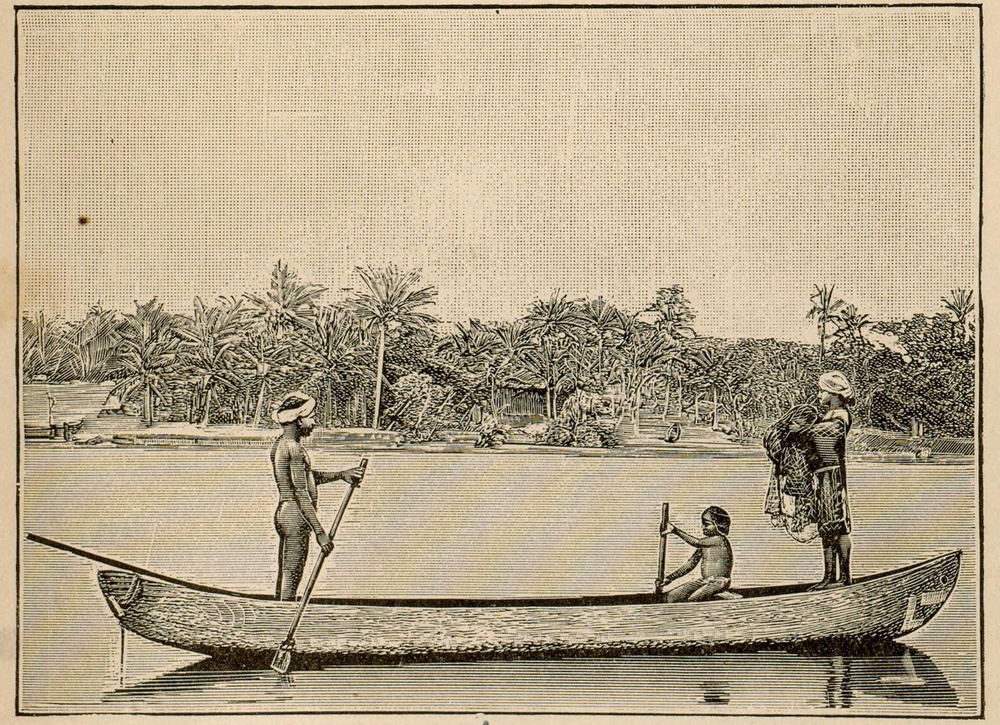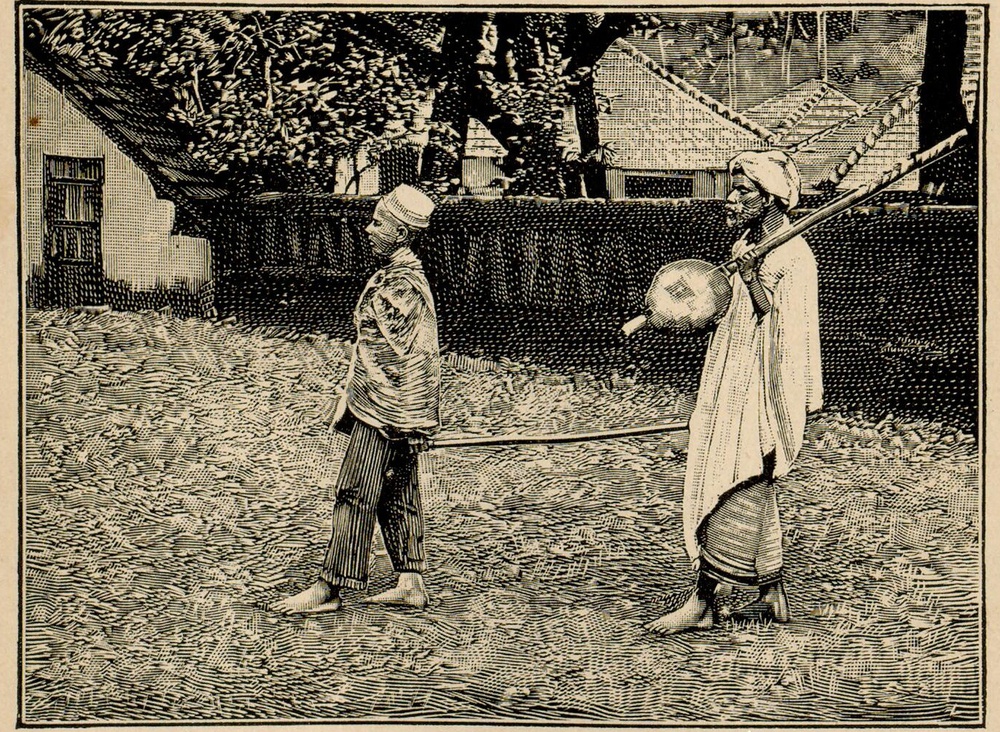Art in Old Textbook
I recently delved into the treasure trove of old Kannada books available on archive.org, dating back to times long before my great grandfather’s era—some as early as 1865! Despite their language sounding raw, odd, and somewhat weird in terms of both expression and content, delving into these literary relics is surprisingly accessible. In fact, I find that more people might easily grasp the language of these books when compared to the one we now commonly use in present-day publishing. This could be attributed to the limited use of Sanskrit words, which are more prevalent in current publications.
Another fascinating thing about them is the absence of a “standard language for publishing” during that era. Each book reflects its own unique dialect and tone, mirroring the regional spoken dialects of that time.
A book, after all, is a product of the time and culture of that period. It is a window to a different time and space, allowing us to view the world through vastly different perspectives. Sometimes their worldviews seem odd or even offensive by today’s norms. Other times they have a striking familiarity. It’s intriguing to ponder how future generations, looking back 150 years from now, will perceive us. But I’ll save that contemplation for another time.
For now, let’s appreciate the captivating photo-realistic artwork discovered in a first standard textbook published in 1906. The intricate composition and attention to detail suggest that it is created based on real photographs. Initially, I suspected that these are halftone prints, but upon closer examination, it became apparent that these illustrations were crafted using multiple sets of stroke patterns of varying sizes—a technique known as Stipple engraving. Skilled artists likely painstakingly traced original photographs to create these engravings.
What adds another layer of fascination is the effort invested in producing such high-quality visuals for a first standard textbook in 1906, particularly for a regional language in India. Considering the limited access to education at that time, with many children not even attending school, let alone having textbooks, the commitment to quality in print is remarkable. The scanned images reveal a level of print quality surpassing some modern books. Remarkably, there are no visible artifacts or smudges—a stark contrast to my childhood textbooks published a century later.
Note: The images provided are low-resolution copies. Click on the image to access the high-resolution version.


